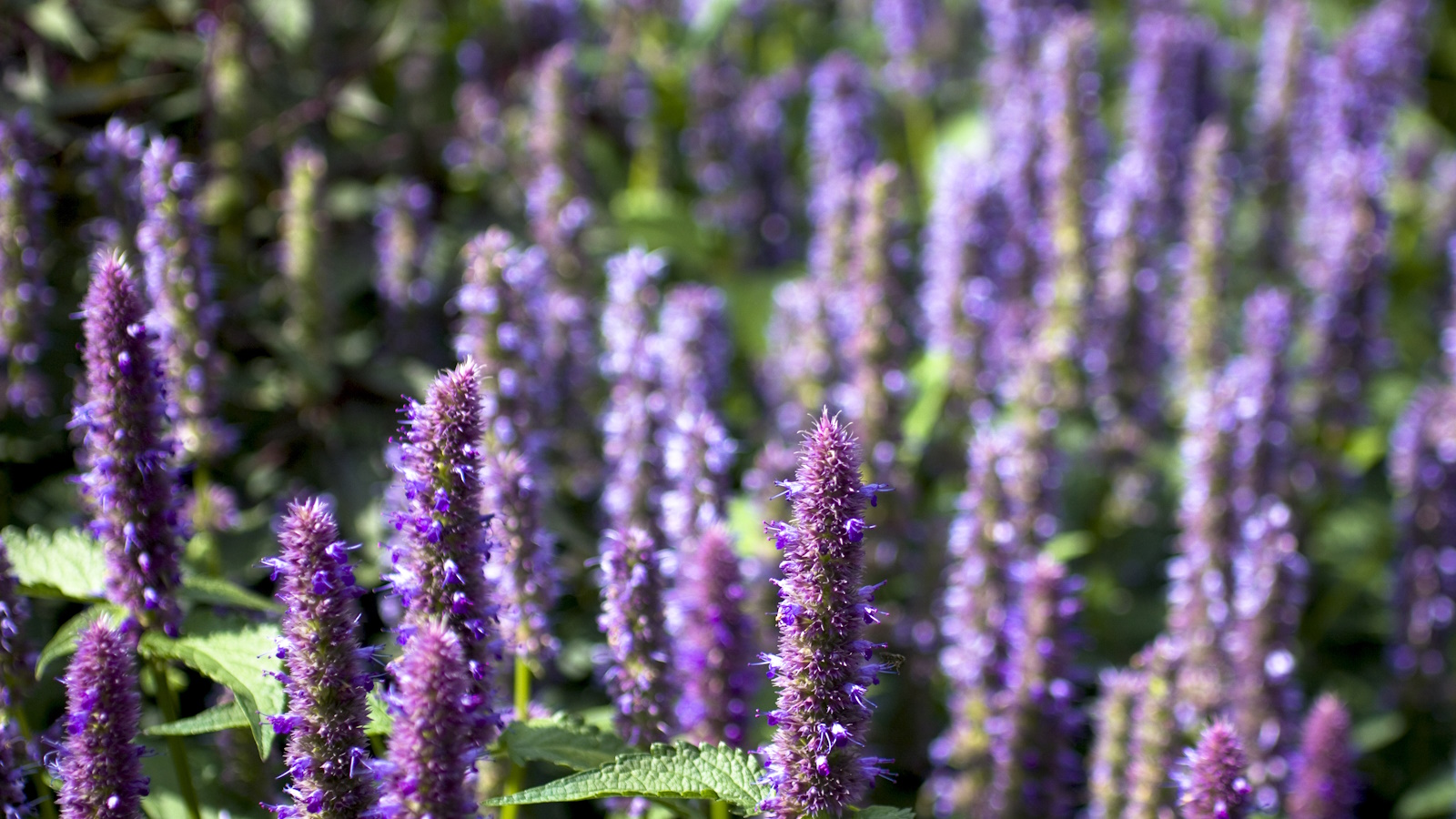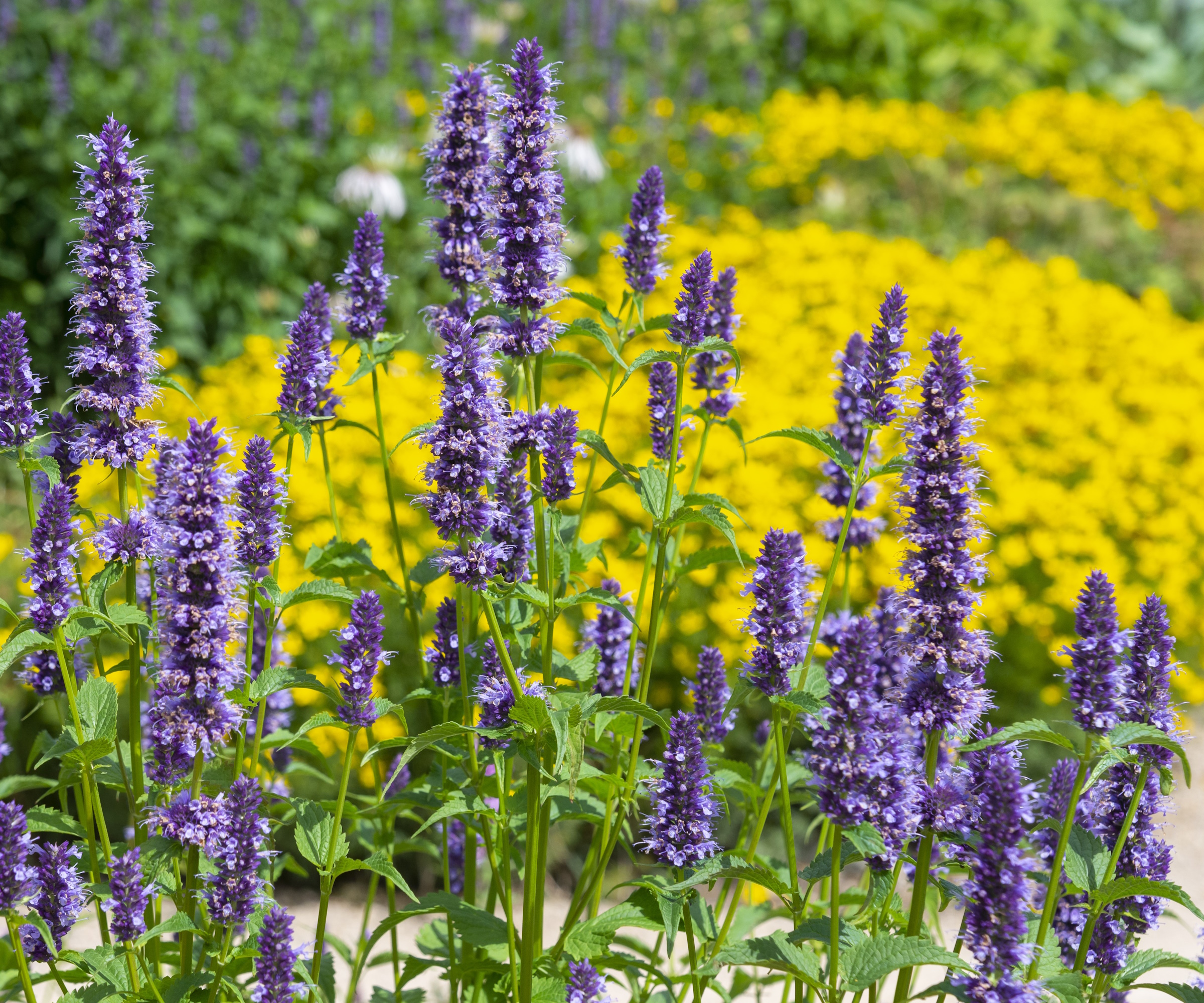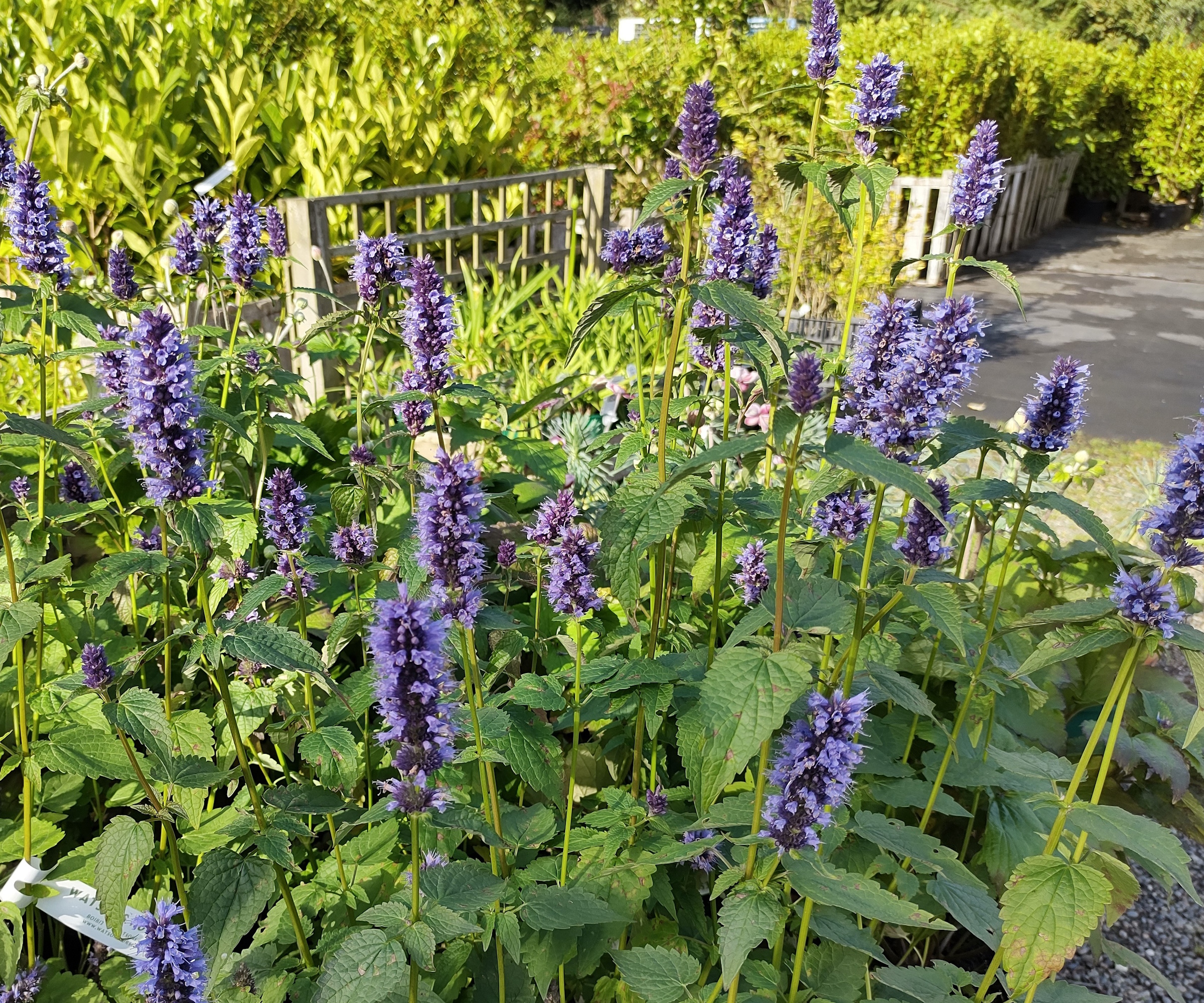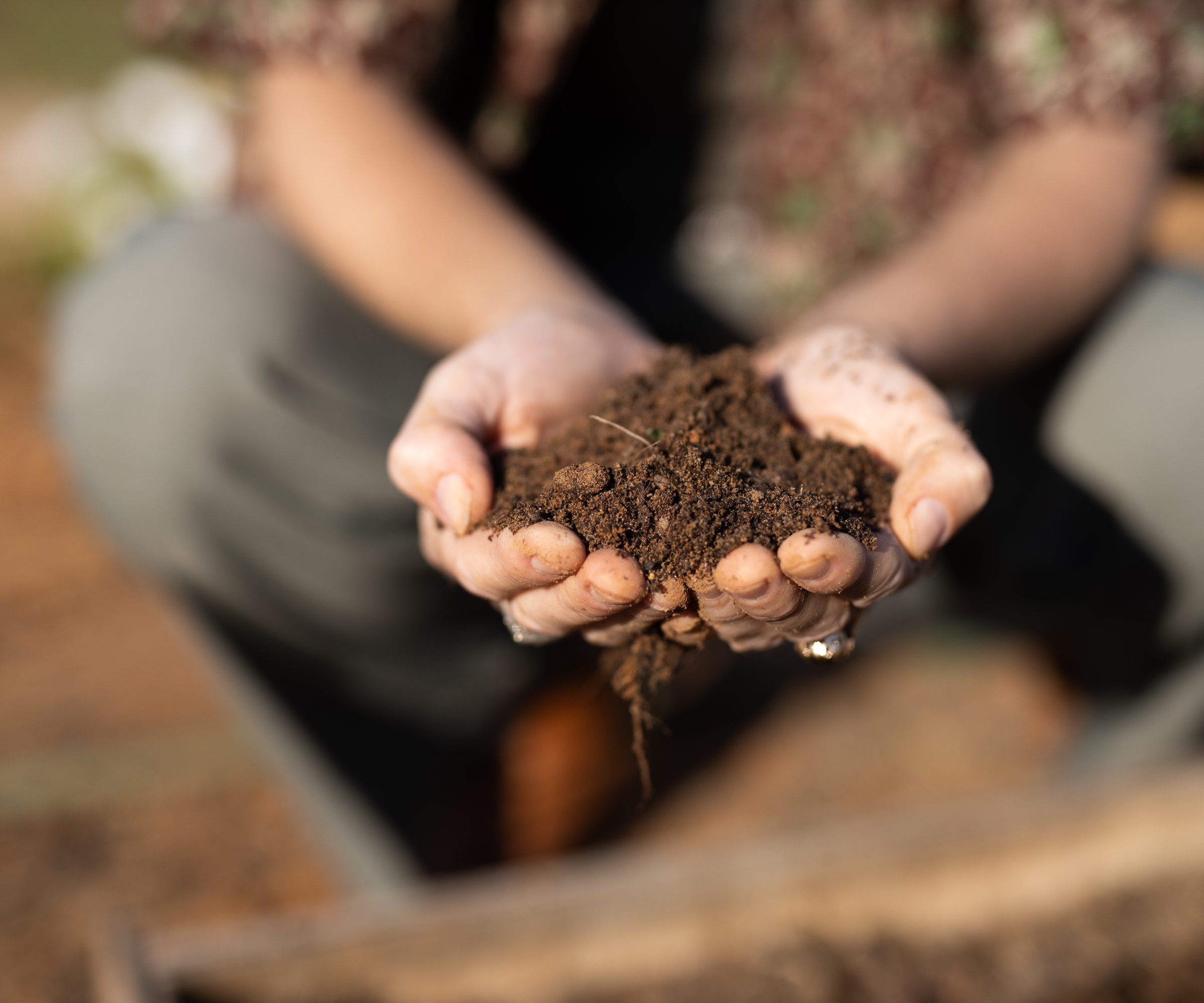
Hummingbird mint is a fragrant and colorful addition to any yard. As the name implies, this perennial is a hit with pollinators, known to attract bees, butterflies and hummingbirds to its sweetly scented, tubular flowers that bloom on tall spikes. This impactful flowering perennial is ideal if you are looking for a plant to add structure and height to your garden borders.
There are over 20 different species of hummingbird mint, belonging to the Agastache genus, and the majority are native to the warmer regions of North and Central America. As you would expect, these plants thrive in sunny and sheltered spots, exhibiting a high degree of drought tolerance during the summer.
So, if you are looking for a long-flowering perennial that will be adored by pollinators and gardeners alike, hummingbird mint is the perfect choice. Here, one garden expert reveals how best to grow and care for this aromatic plant.

How to grow hummingbird mint
Often considered one of the best perennials, hummingbird mint is sure to add a sensory dimension to your yard. While the flower-loaded stems are sure to add vertical interest to a border, hummingbird mint species tend to have a sweet, licorice scent that lingers, perfuming the air during those long summer evenings.
Things to know about hummingbird mint

'Hummingbird mint, hyssops or agastache plants, however you choose to call them, are popular decorative perennials that smell just as good as they look,' says Rachel Bull, head of gardens at Homes & Gardens.
'Most hummingbird mint species can be grown from US hardiness zone 3 to US hardiness zone 10, making them a versatile and resilient perennial that most gardeners can grow.
'I love having the giant blue hummingbird mint, Agastache foeniculum, in my garden borders. The lilac-blue flower spikes have an unmistakable anise aroma, making these unusual herbs fragrant additions to any plot. If you are looking for flower bed ideas, I can highly recommend learning how to grow hummingbird mint,' Rachel continues.
What's more, hummingbird mints are ideal plants if want to encourage wildlife to your garden borders. 'These tubular, fragrant blooms are nectar-rich,' Rachel says, 'so if you are looking for ways to attract hummingbirds, bees and butterflies to your plot, these plants are sure to help.'
There are many different species and varieties of hummingbird mint, found in a range of colors including purple, pink, white and red. One variety that I recommend is hummingbird mint 'Blue Fortune', available from Walmart. With lilac-blue blooms on three-foot stems, this pollinator magnet works well when paired with orange and yellow flowers in sun-baked garden borders.
These resilient and aromatic perennials thrive in full sun and are an excellent choice for container gardening, filling your plot with pollinators.
Growing advice for hummingbird mint

- Soil: 'Hummingbird mints will thrive in most soil conditions,' says Rachel. 'These low-maintenance plants are very easy to grow, even in poor soil.' When planting, ensure that you incorporate plenty of horticultural grit, available from Amazon, which will help to improve drainage. 'Hummingbird mints do better in borders with good drainage,' Rachel continues, 'so in places where there is heavy rainfall during spring and fall, I would suggest adding gravel or grit to the soil to prevent the roots from rotting.'
- Light: For the best results, grow hummingbird mint in full sun. 'These plants are native to warm regions and southern climates,' Rachel advises, 'so giving your plants as much sunshine as possible will produce the best results.'
- Watering: Most hummingbird mint species are ideal plants for dry gardens. They are drought-tolerant perennials, meaning that once they are established, watering is not necessary. It is best, however, to water your plants during the first year after planting, while they establish roots.
- Fertilizing: It is not necessary to fertilize hummingbird mint plants. Feeding your plants when it is not needed is a common fertilizing mistake to avoid and can result in leggy growth and reduced flower production. These perennials should be able to access all the nutrients they need from the soil.
- Pruning: If you are growing hummingbird mint as a perennial, your plant will die back in the fall. You can either prune your plants down the ground early in the fall or wait until late winter. Use clean, sharp tools, like these Felco snips, available from Walmart. Leaving dead stems and foliage can protect the base of your plant during the cold months of the year, acting as a mulch.
This 'Queen Nectarine' variety is subtle and striking, with soft peach flowers that bloom from midsummer into fall. This plant will prove very popular with pollinators.
FAQs
Can I grow hummingbird mint in a pot?
Yes, hummingbird mints can be grown very easily in pots. Just be sure to position your container in a sunny spot, and remember to incorporate plenty of drainage with the potting soil during planting. These plants do not like sitting in water, so it is a good idea to do all you can to prevent waterlogging.
Lilac and blue varieties of hummingbird mint are popular options if you are looking for a native perennial to add to your purple borders. However, there are many other colors available, including white, pink and red. Why not try growing one salmon-peach species, Agastache rupestris, which is native to Arizona and New Mexico? With unusual, trumpet-like blooms, this plant will prove to be a hit with local hummingbirds, particularly during the hummingbird migration.
Orange hummingbird mint seeds are available to order from Walmart.







